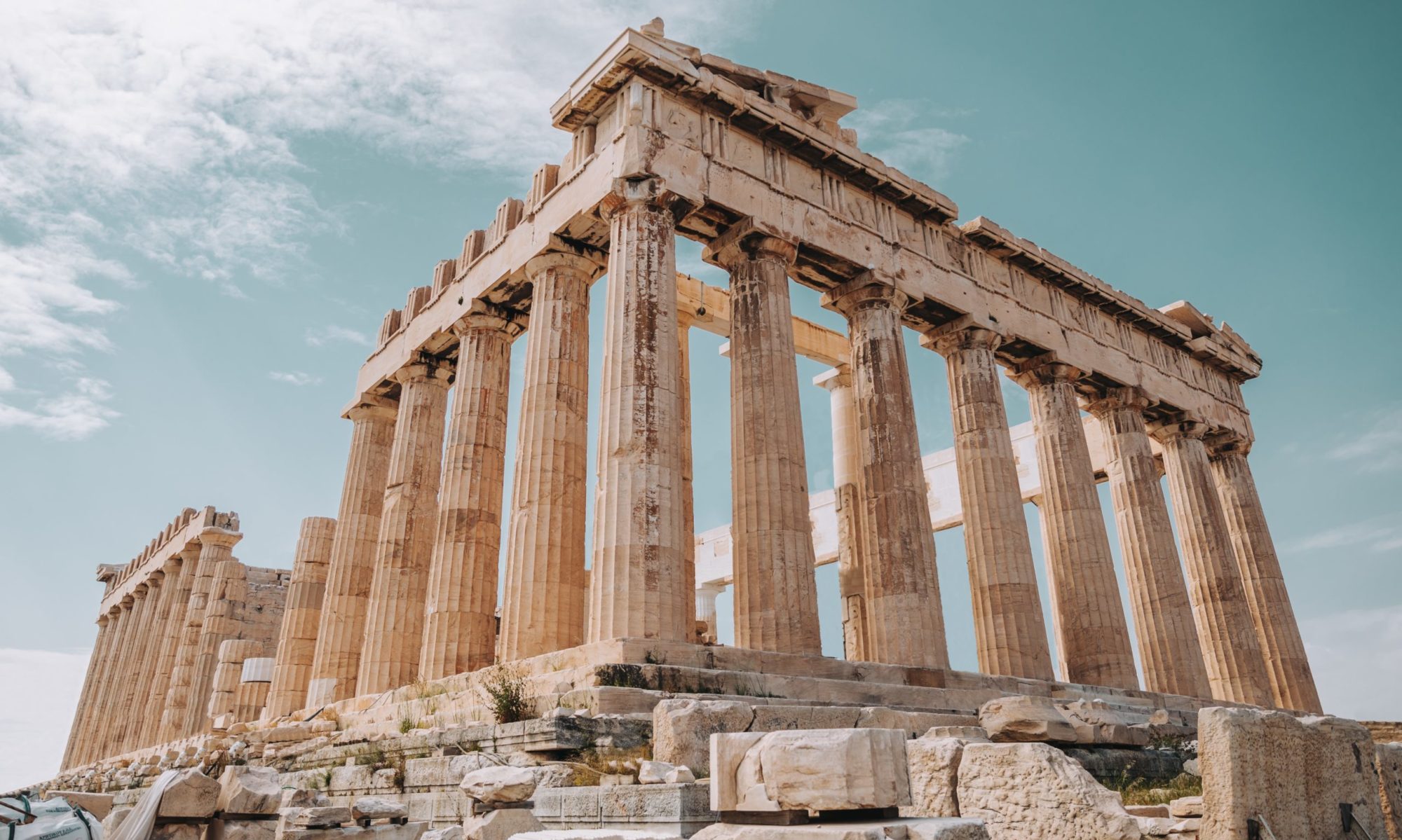Greece At A Glance
Capital: Athens
Currency: Euro (1 euro is equal to 1.07 US dollars)
Language: Greek
Climate: Athen’s average temperature is 48 °F in January, 82 °F in July
Best Time to Visit: March-May and September to November
Popular Cuisine: Taramasalata, Olives, Dolmades, Moussaka, Courgette Balls, Octopus, and Baklava
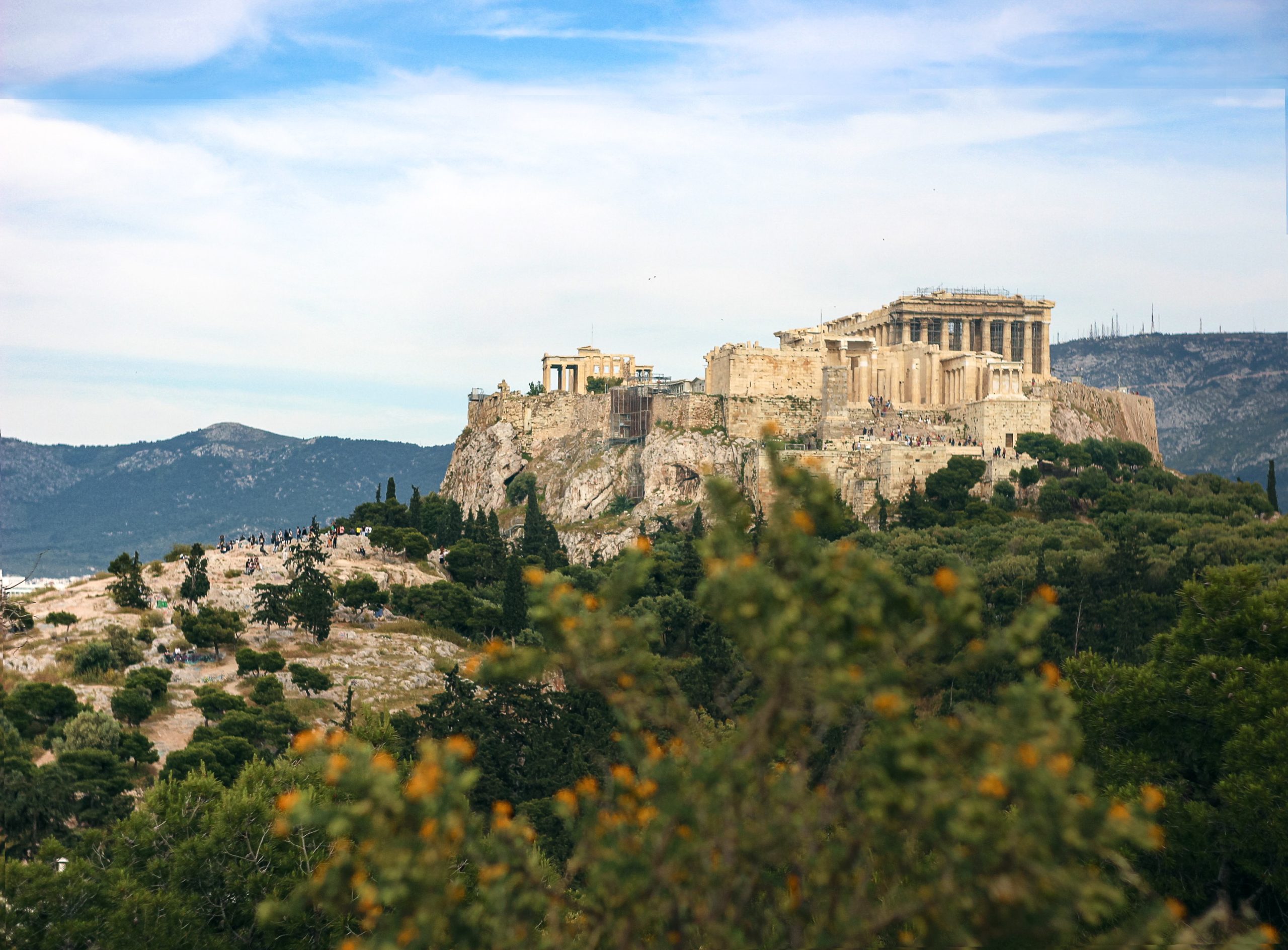
Athens
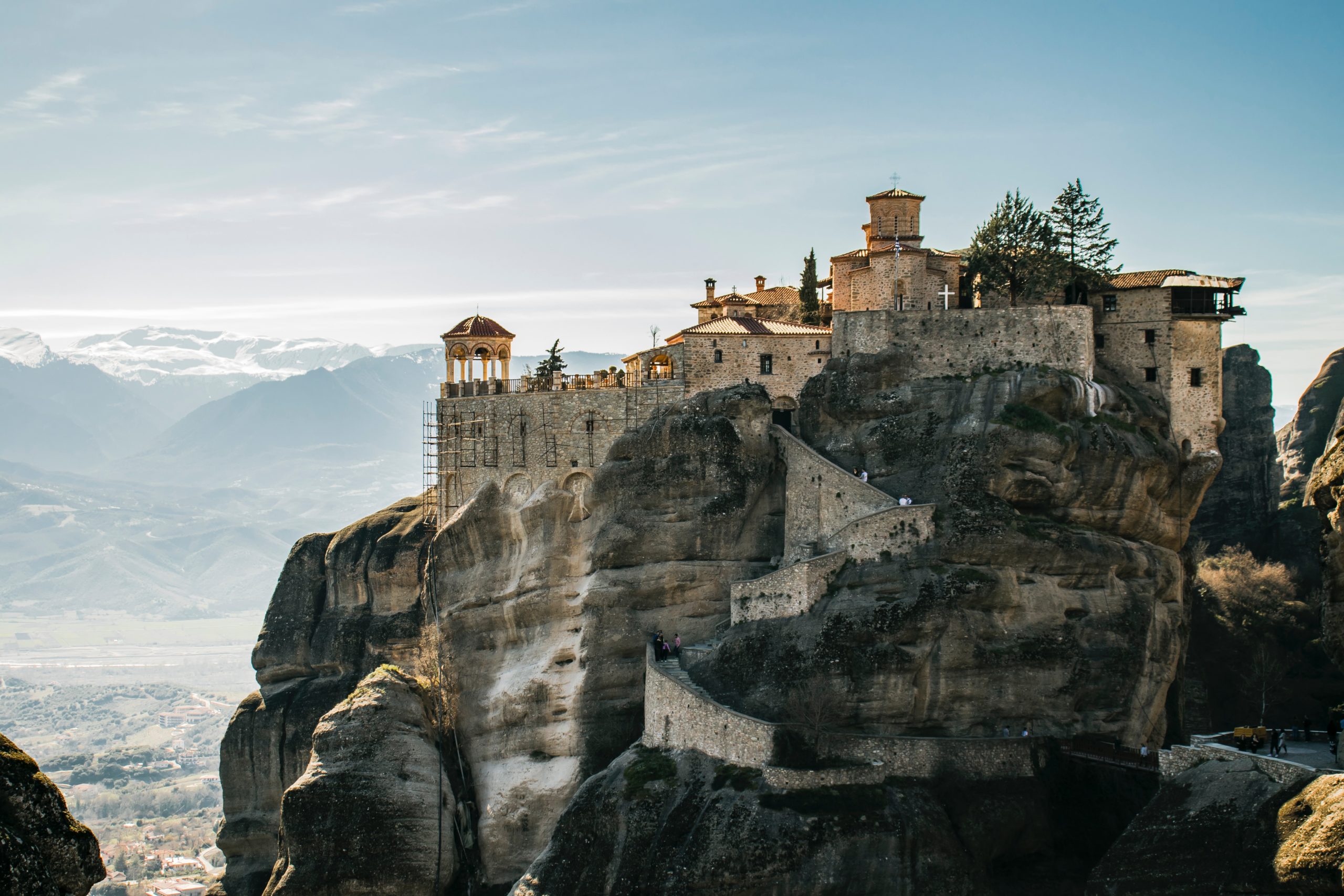
Meteora
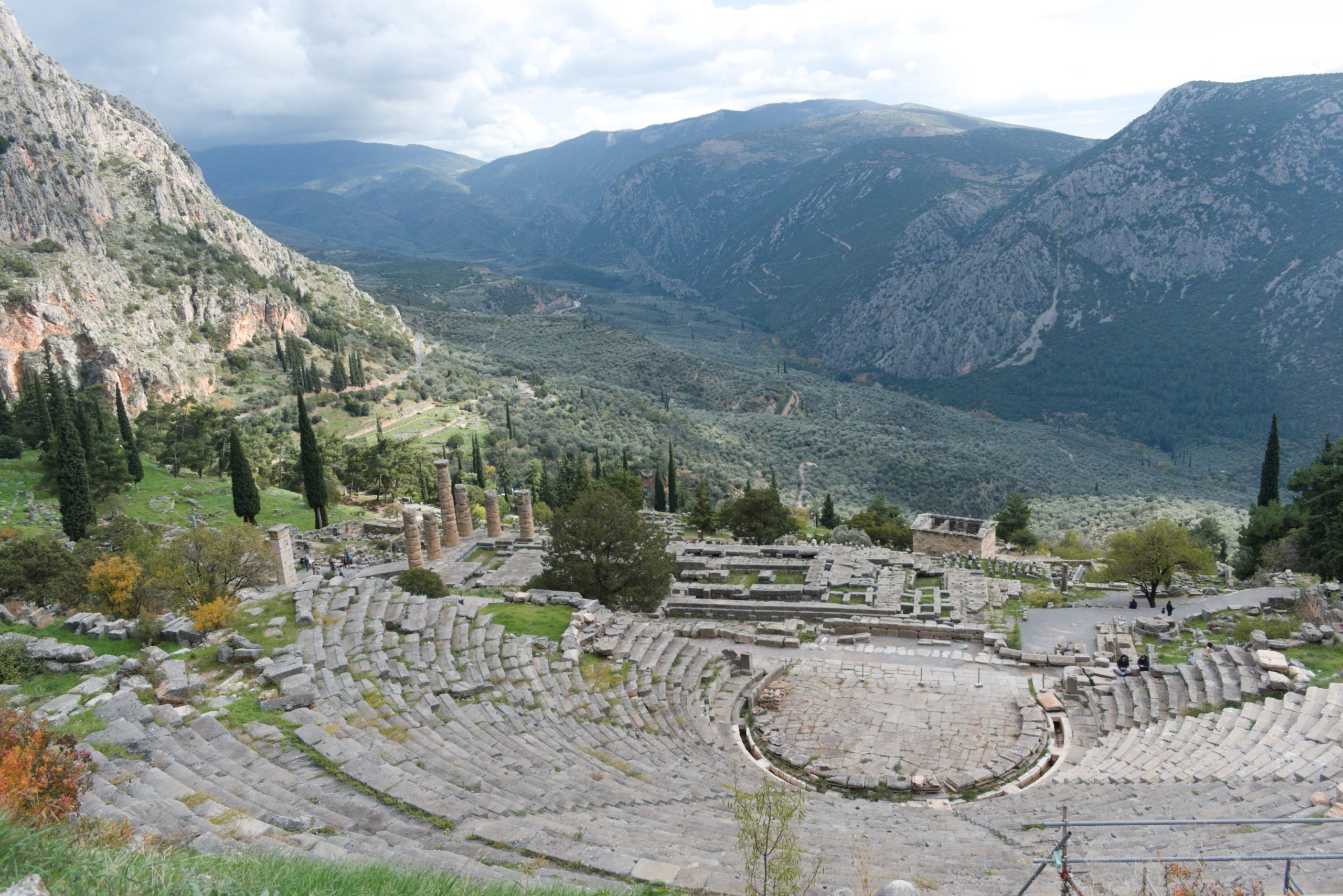
Delphi

The Parthenon
Our Favorite Destinations:
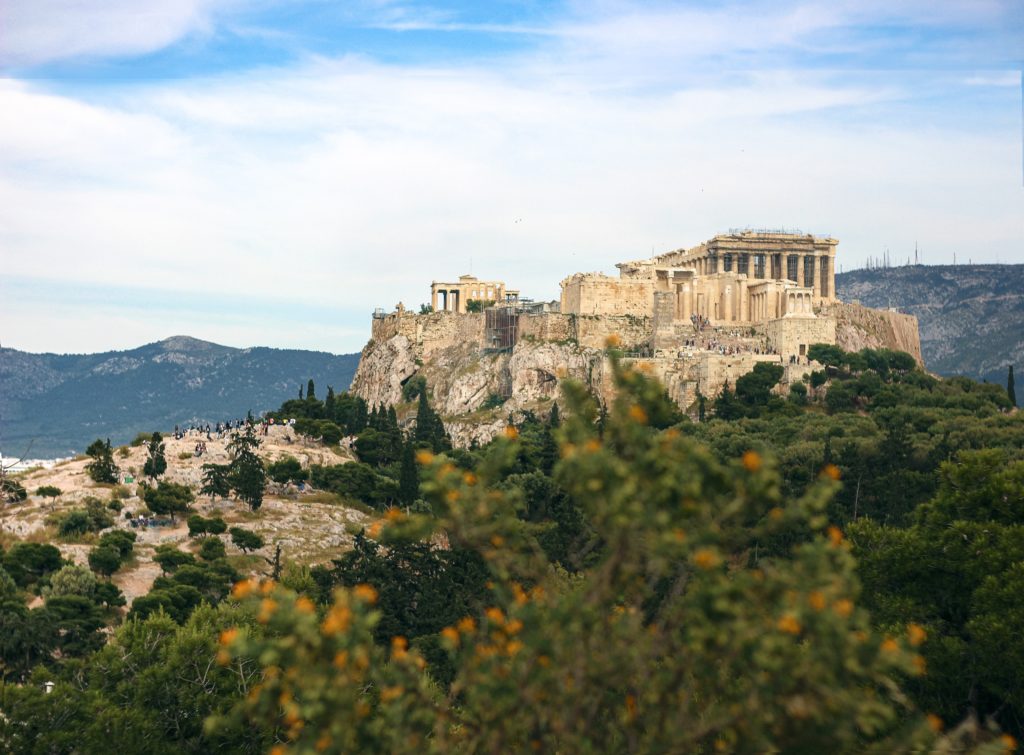

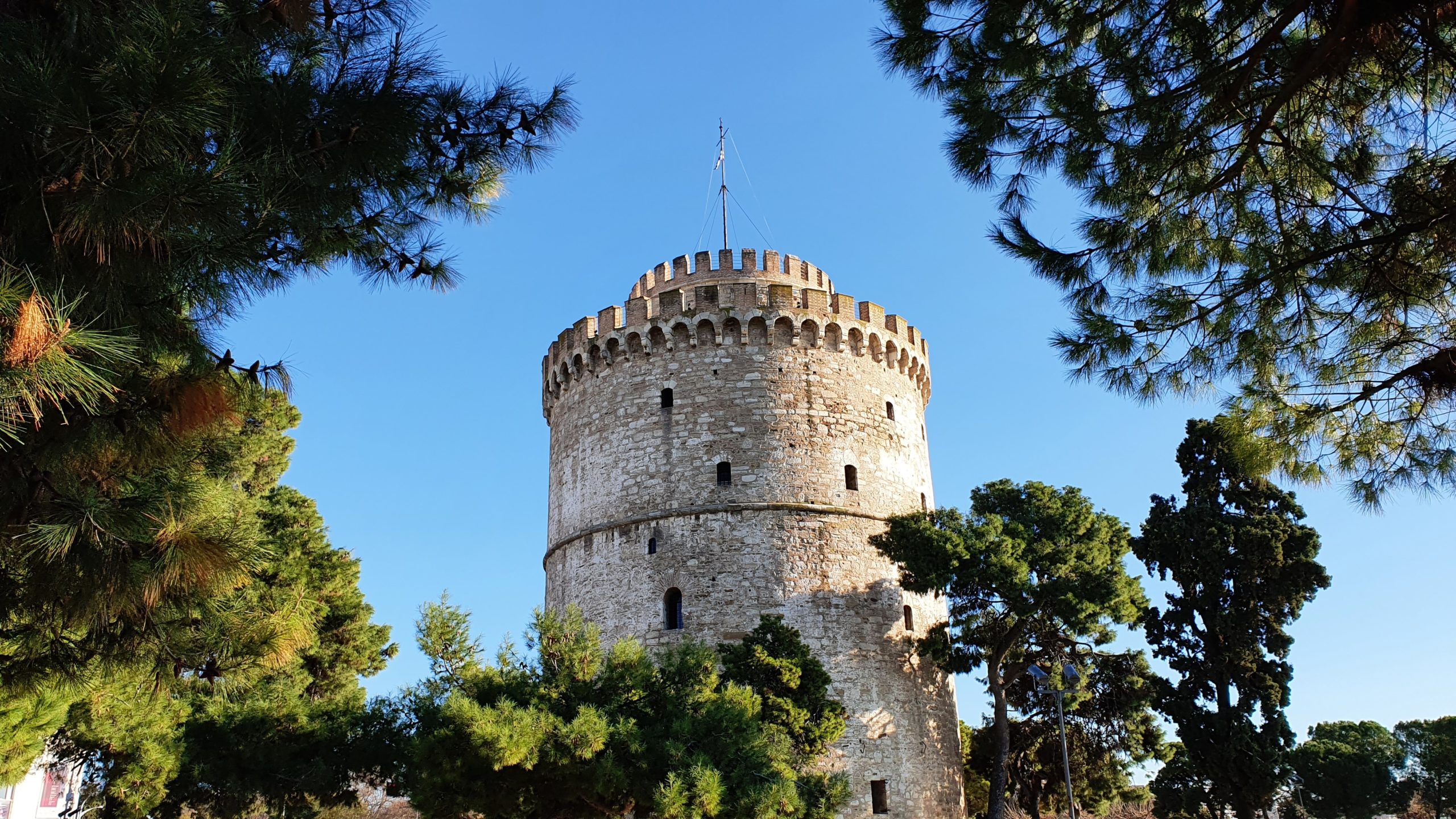
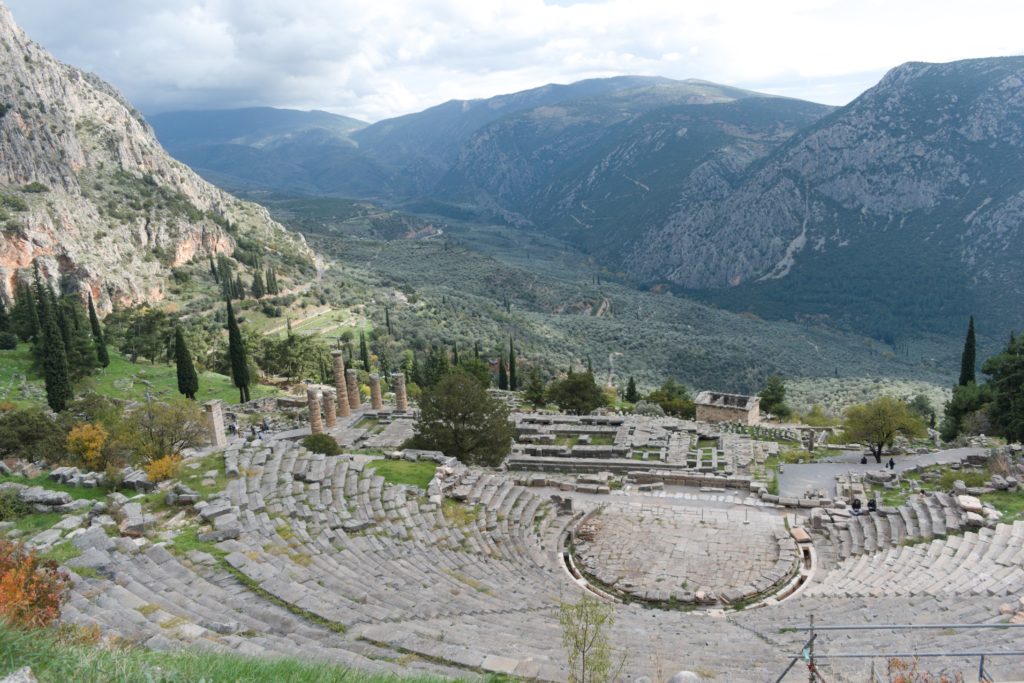
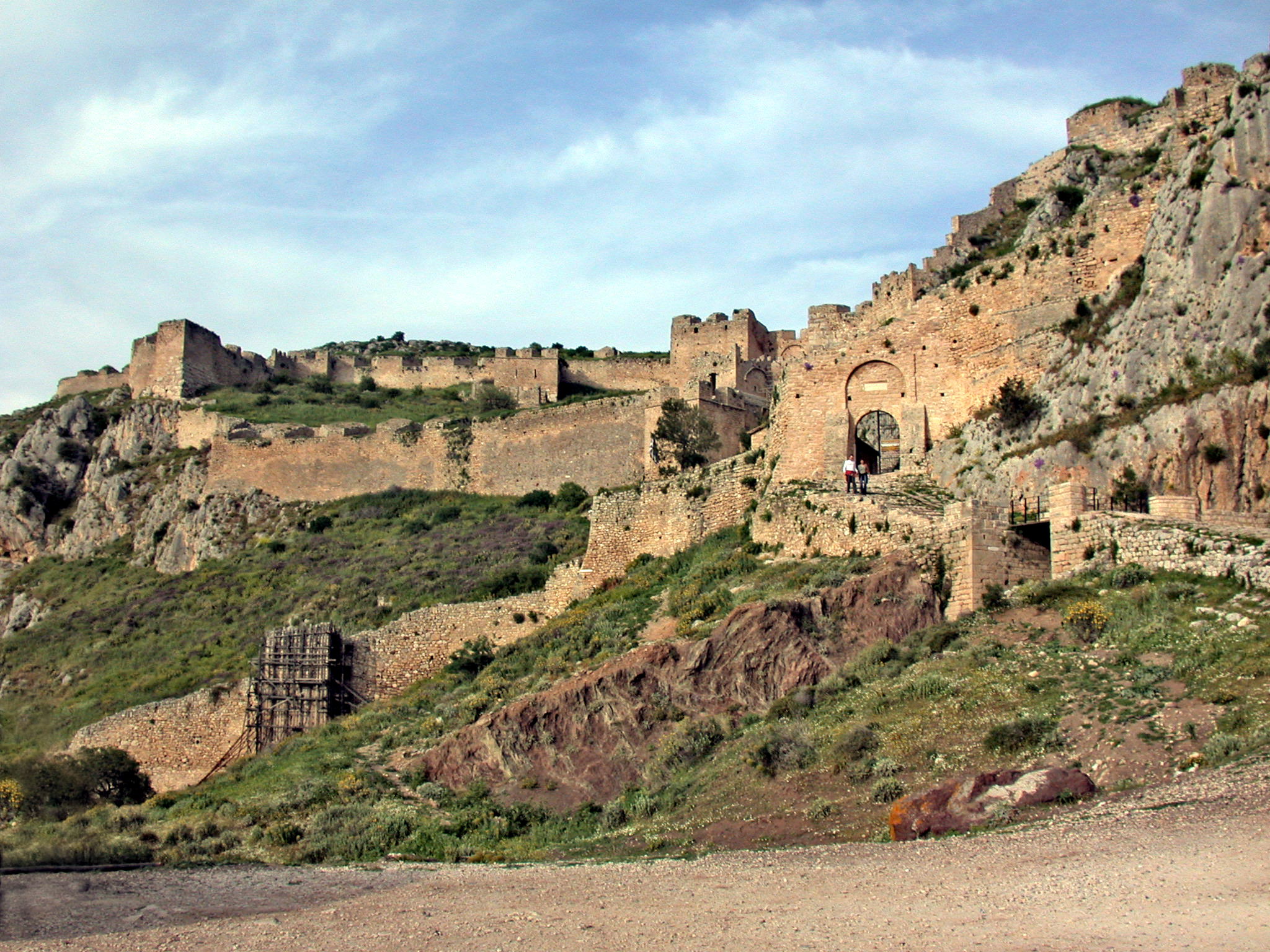
Athens
Athens is the capital of Greece and is one of the world’s oldest cities, first inhabited between 11th-7th centuries BC. It is well known for its cultural contributions to the world, including Plato’s Academy and Aristotle’s Lyceum. Some significant sites include the Acropolis, the Propylea, the Erechteum, and the Parthenon.
Meteora
Meteora is the site of an Eastern Orthodox monastery built between the 13th and 14th century. Of the original 24 monasteries, only 6 still function. There were not steps to the monasteries until the 1920s. It is a UNESCO World Heritage site.
Thessaloniki
Thessaloniki is the second largest city in Greece and was founded in 315 BC, named after Alexander the Great’s sister, Thessalonike. Paul the Apostle visited the synagogue three times on his second missionary journey and wrote to the church there in 1 & 2 Thessalonians. Popular sites in the city include the Rotunda, the Arch of Galerius, the Byzantine Baths, and the White Tower.
Delphi
It was believed to be the “navel” (omphalos) of the world. It features several interesting archaeological sites, including the Athenian treasury, the Temple of Apollo, the Theater, and the Tholos. Some structures date as far back as 7th century B.C.
Corinth
Archaeologists believe Corinth was settled permanently in 900 BC, but didn’t become an advanced city until 730 BC. Paul visited Corinth in 49 or 50 AD and stayed for a year and a half, during which time he met Priscilla and Aquila and worked as a tentmaker. He wrote 1 & 2 Corinthians to the church here.

